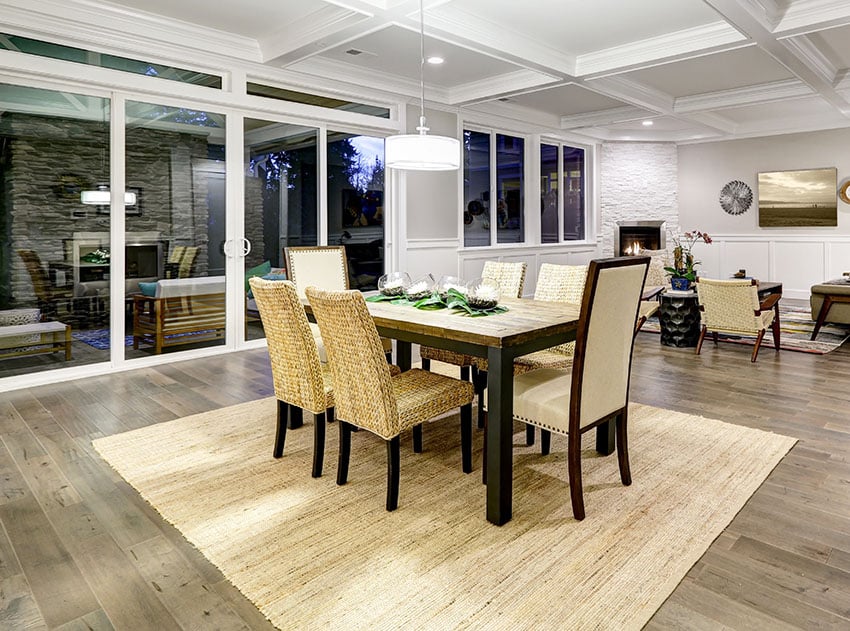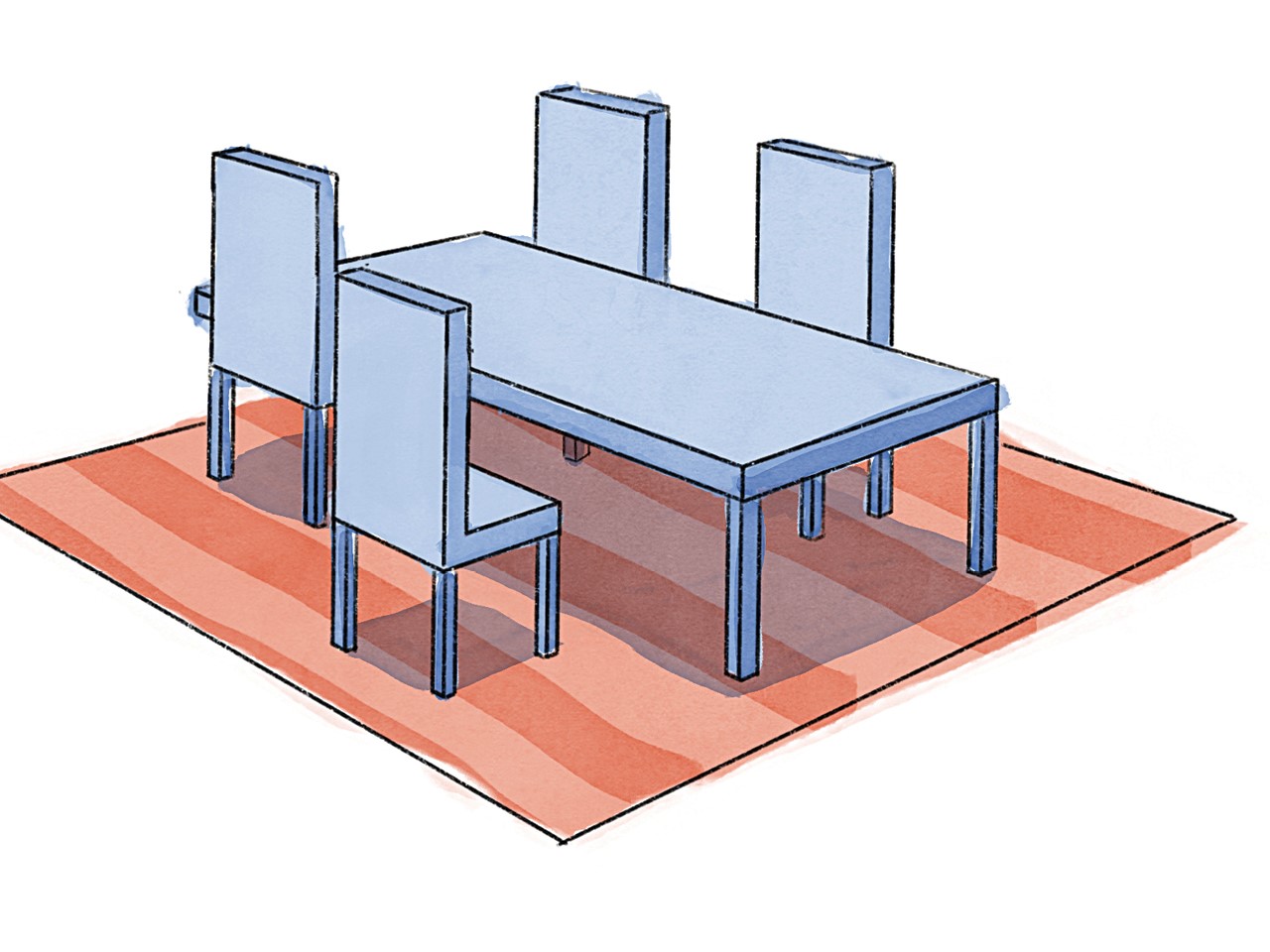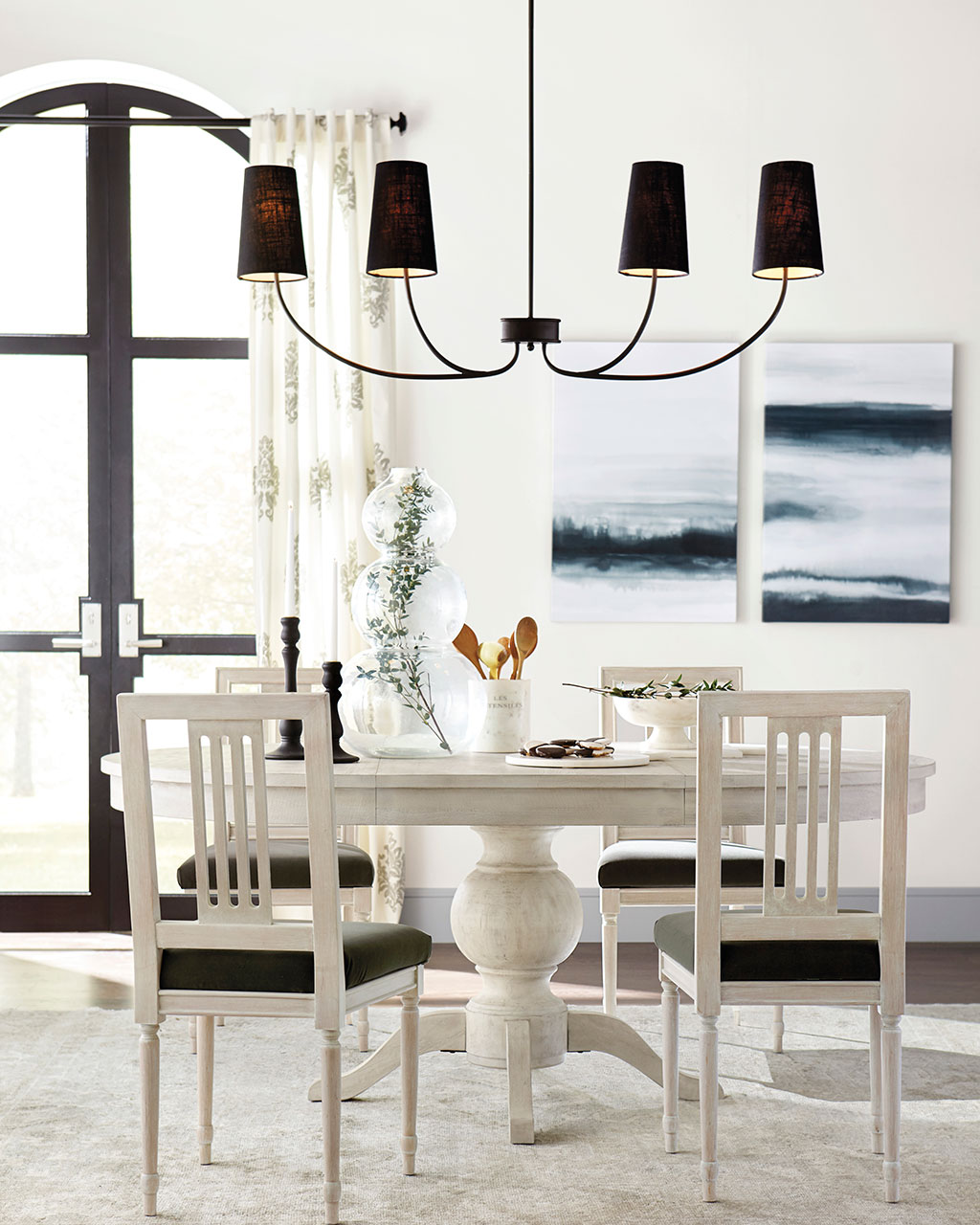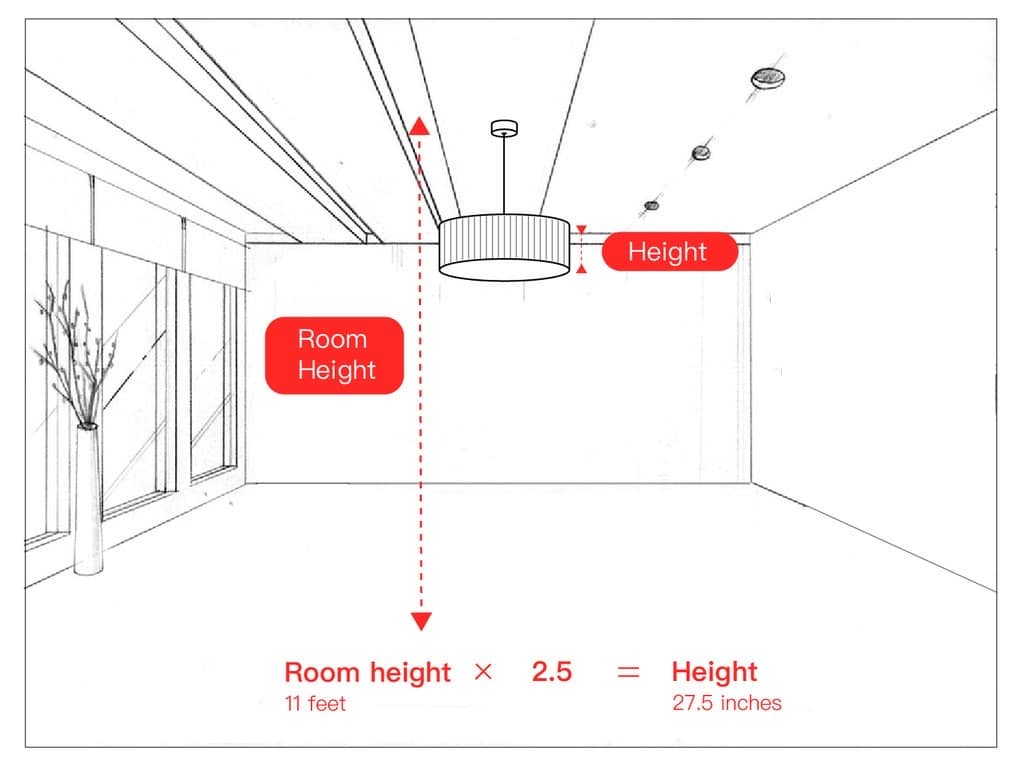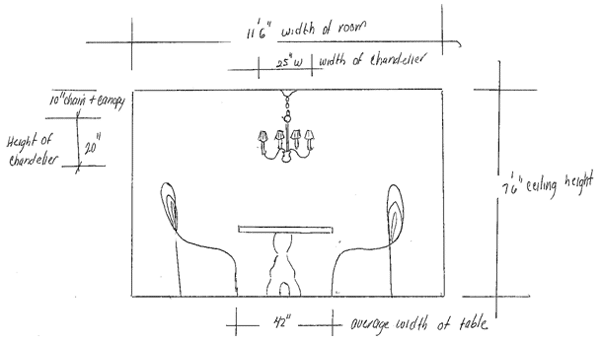Standard dining room dimensions
When designing a dining room, one of the most important factors to consider is the size of the space. The standard dining room dimensions can vary depending on the size of your home and personal preference. However, there are some general guidelines to follow when determining the ideal size for your dining room.
Standard dining room size
The average size for a standard dining room is around 14 feet by 16 feet, or 224 square feet. This size allows for a dining table, chairs, and additional furniture such as a buffet or bar cart. Keep in mind that this is just a guideline and your dining room size may vary depending on the layout of your home.
Standard dining room measurements
When measuring your dining room, it's important to take into account the space needed for comfortable movement around the table and chairs. The recommended minimum distance between the edge of the table and the wall is 36 inches, and there should be at least 18 inches of space between each chair to allow for easy movement.
Average dining room dimensions
The average dining room dimensions can also depend on the shape of your dining table. For a rectangular table, the width should be at least 36 inches to comfortably fit place settings and serving dishes. For a round table, the diameter should be at least 48 inches to allow for enough space for chairs and movement.
Standard dining table dimensions
Dining tables come in a variety of sizes, but the standard width is typically between 36 and 42 inches. This allows for enough space for place settings and serving dishes. The length of the table can vary depending on the number of people it needs to accommodate. A table that seats four people should be at least 48 inches in length, while a table for six people should be at least 72 inches.
Standard dining chair dimensions
When choosing dining chairs, it's important to consider their dimensions to ensure they fit comfortably around your table. The standard dining chair width is between 16 and 20 inches, and the seat height should be around 18 inches. Keep in mind that the height of the chair can vary depending on the style, so be sure to measure before purchasing.
Standard dining room layout
The layout of your dining room can also affect the dimensions of the space. If you have a square or rectangular room, it's best to place the dining table in the center of the space with enough room for chairs to be pulled out comfortably. If your dining room is more open, you can get creative with the layout and incorporate additional seating or furniture.
Standard dining room furniture dimensions
In addition to the dining table and chairs, there are other pieces of furniture that you may want to incorporate into your dining room. A buffet or sideboard is a common addition for extra storage and serving space. The standard dimensions for a buffet are around 36 inches in height and 18 inches in depth. A bar cart is also a popular choice for entertaining and can range in size, but the standard height is around 36 inches.
Standard dining room rug size
A rug can add warmth and texture to a dining room, and it's important to choose the right size to complement the space. The standard size for a dining room rug is around 8 feet by 10 feet, which allows for enough room for the chairs to be pulled out without catching on the edges of the rug.
Standard dining room chandelier size
When it comes to lighting in the dining room, a chandelier can make a statement and provide ambient lighting. The size of your chandelier should be determined by the dimensions of your dining table. A good rule of thumb is to choose a chandelier that is around half the width of your dining table. For example, if your table is 60 inches wide, your chandelier should be around 30 inches in diameter.
In conclusion, the standard dining room dimensions can vary, but there are some general guidelines to follow when designing your space. It's important to consider the size of your table, chairs, and any additional furniture or decor when determining the best layout for your dining room. By following these guidelines, you can create a comfortable and functional dining room that fits your personal style and needs.
Why Standard Dining Room Dimensions are Essential in House Design

The Importance of Proper Dining Room Dimensions
 Standard dining room dimensions
are crucial in
house design
as they play a significant role in creating a functional and aesthetically pleasing space.
Dining rooms
are where families and friends gather for meals and conversations, making it an essential part of any home. Therefore, it is essential to have a well-designed dining room that is not only visually appealing but also practical in terms of space and layout.
Standard dining room dimensions
are crucial in
house design
as they play a significant role in creating a functional and aesthetically pleasing space.
Dining rooms
are where families and friends gather for meals and conversations, making it an essential part of any home. Therefore, it is essential to have a well-designed dining room that is not only visually appealing but also practical in terms of space and layout.
Factors to Consider in Determining Standard Dining Room Dimensions
 There are several factors to consider when determining the
standard dimensions
for a dining room. First and foremost, the size of the dining table is a crucial factor. The table should be large enough to comfortably seat the maximum number of people living in the house. It should also have enough space for dishes and serving platters, without feeling cramped. A general rule of thumb is to have at least 24 inches of table space per person.
Another factor to consider is the surrounding space in the dining room. A minimum of 48 inches of space should be left between the table and the walls or other furniture to allow for easy movement around the room. This space is also necessary for pulling out chairs and allowing people to move around the table without feeling confined.
The size and shape of the dining room also play a significant role in determining standard dimensions. A rectangular room is ideal for a rectangular or oval-shaped table, while a square room can accommodate a round or square table. It is essential to leave enough space between the table and the walls to avoid a cramped and uninviting atmosphere.
There are several factors to consider when determining the
standard dimensions
for a dining room. First and foremost, the size of the dining table is a crucial factor. The table should be large enough to comfortably seat the maximum number of people living in the house. It should also have enough space for dishes and serving platters, without feeling cramped. A general rule of thumb is to have at least 24 inches of table space per person.
Another factor to consider is the surrounding space in the dining room. A minimum of 48 inches of space should be left between the table and the walls or other furniture to allow for easy movement around the room. This space is also necessary for pulling out chairs and allowing people to move around the table without feeling confined.
The size and shape of the dining room also play a significant role in determining standard dimensions. A rectangular room is ideal for a rectangular or oval-shaped table, while a square room can accommodate a round or square table. It is essential to leave enough space between the table and the walls to avoid a cramped and uninviting atmosphere.
How Standard Dimensions Enhance House Design
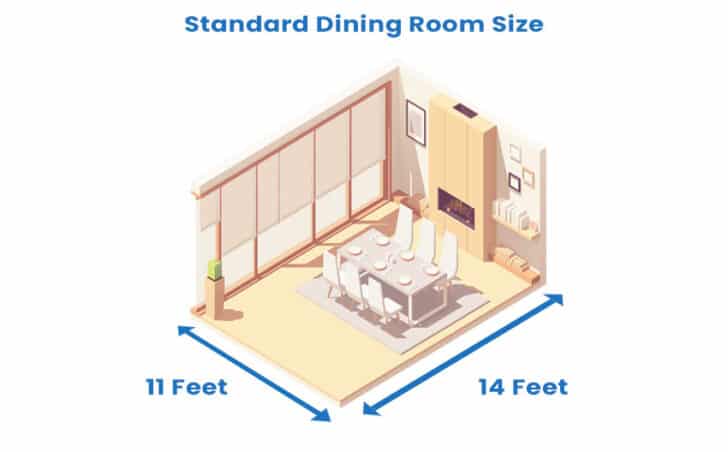 Having the correct
dining room dimensions
creates a sense of balance and harmony in a home. It allows for a smooth flow of traffic and makes the dining experience more enjoyable for everyone. A well-designed dining room also adds value to a house, making it a desirable feature for potential buyers.
In addition, the
dining room dimensions
can also affect the overall design and layout of a house. For instance, if the dining room is too small, it may limit the size and style of furniture that can be used, ultimately affecting the overall aesthetic of the space.
In conclusion, standard dining room dimensions are essential in
house design
as they contribute to creating a functional, visually appealing, and valuable space. It is crucial to consider various factors such as table size, surrounding space, and room shape when determining the dimensions to ensure a well-designed dining room that meets both practical and aesthetic needs.
Having the correct
dining room dimensions
creates a sense of balance and harmony in a home. It allows for a smooth flow of traffic and makes the dining experience more enjoyable for everyone. A well-designed dining room also adds value to a house, making it a desirable feature for potential buyers.
In addition, the
dining room dimensions
can also affect the overall design and layout of a house. For instance, if the dining room is too small, it may limit the size and style of furniture that can be used, ultimately affecting the overall aesthetic of the space.
In conclusion, standard dining room dimensions are essential in
house design
as they contribute to creating a functional, visually appealing, and valuable space. It is crucial to consider various factors such as table size, surrounding space, and room shape when determining the dimensions to ensure a well-designed dining room that meets both practical and aesthetic needs.


















:max_bytes(150000):strip_icc()/standard-measurements-for-dining-table-1391316-FINAL-5bd9c9b84cedfd00266fe387.png)



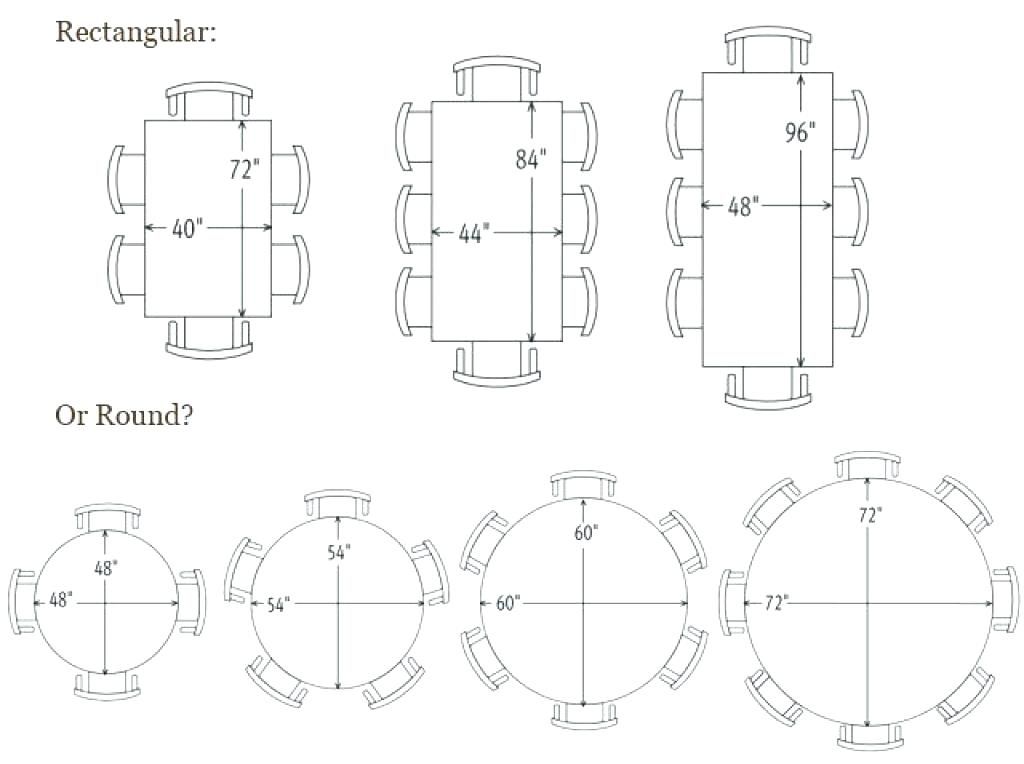
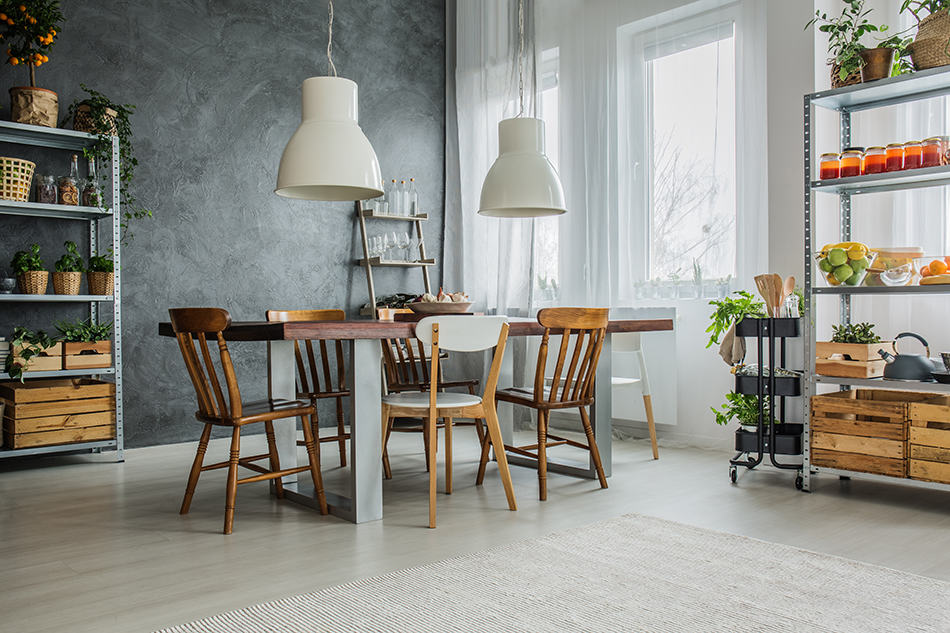

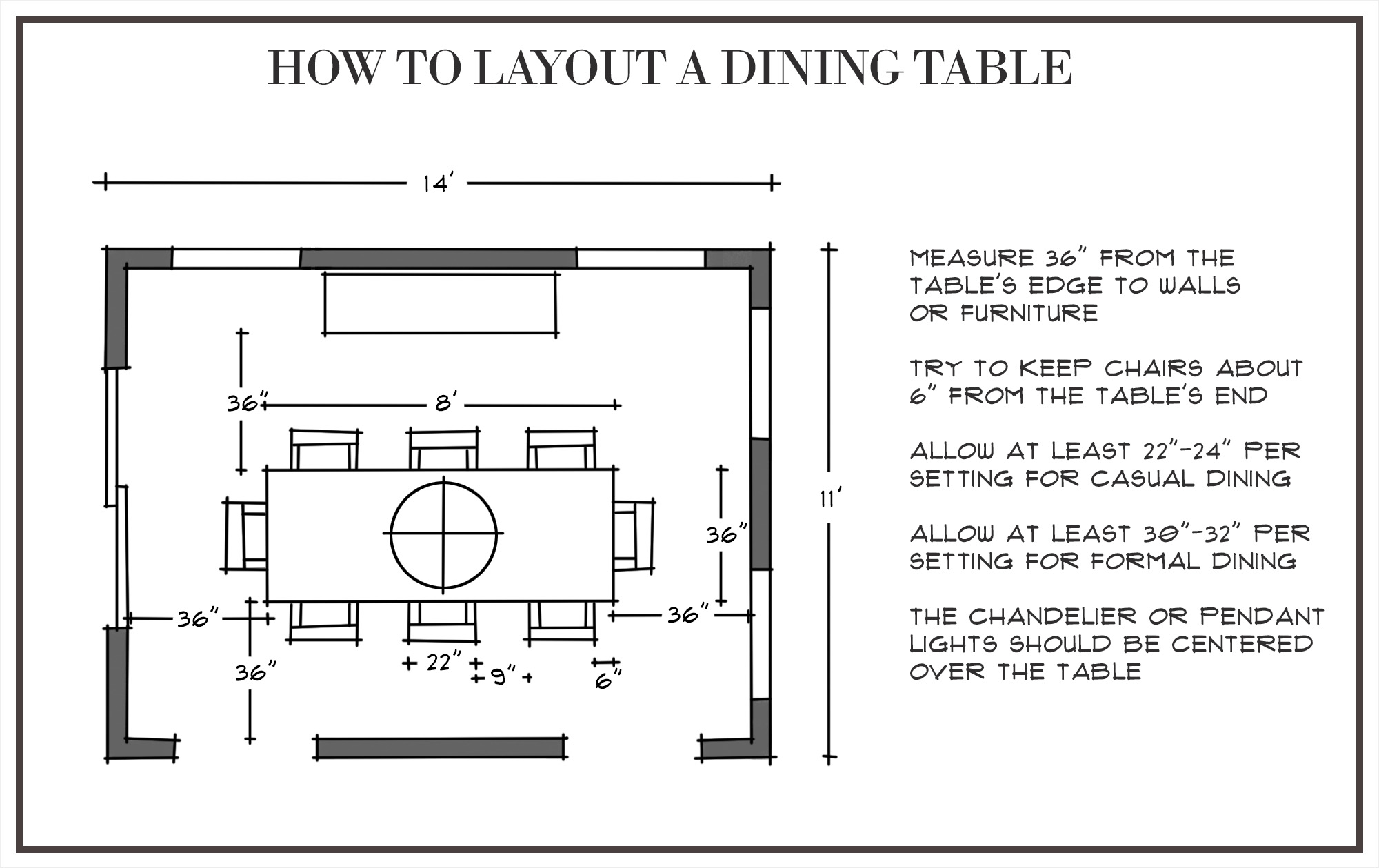

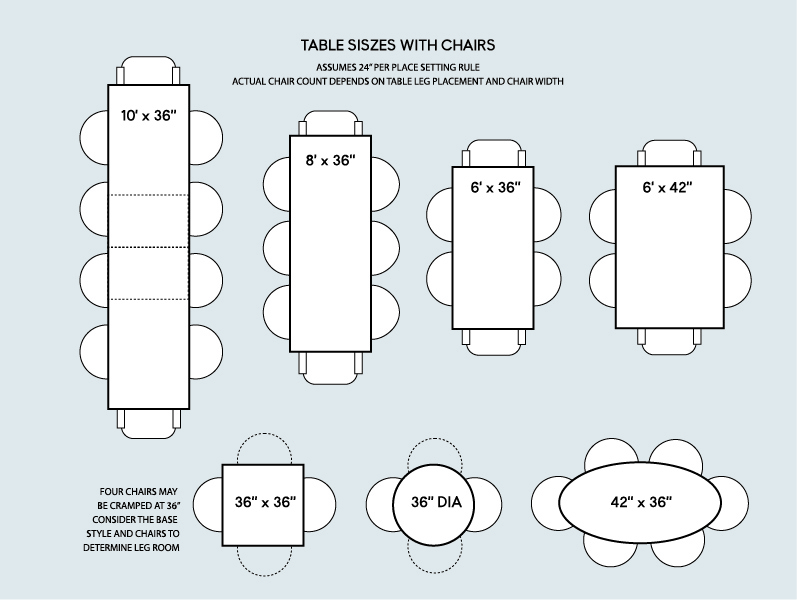








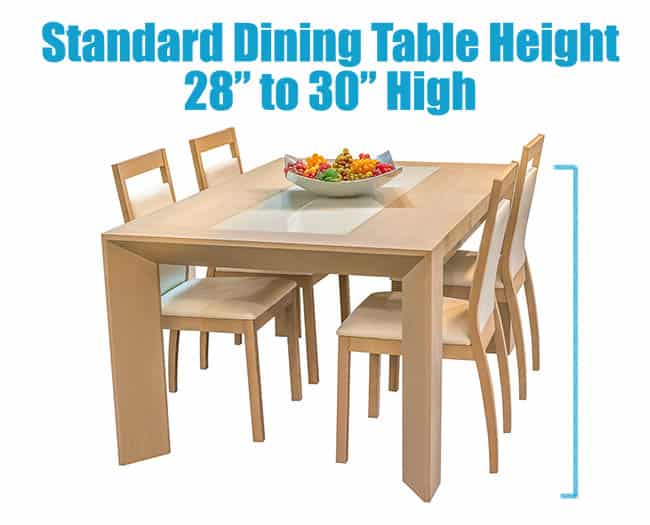
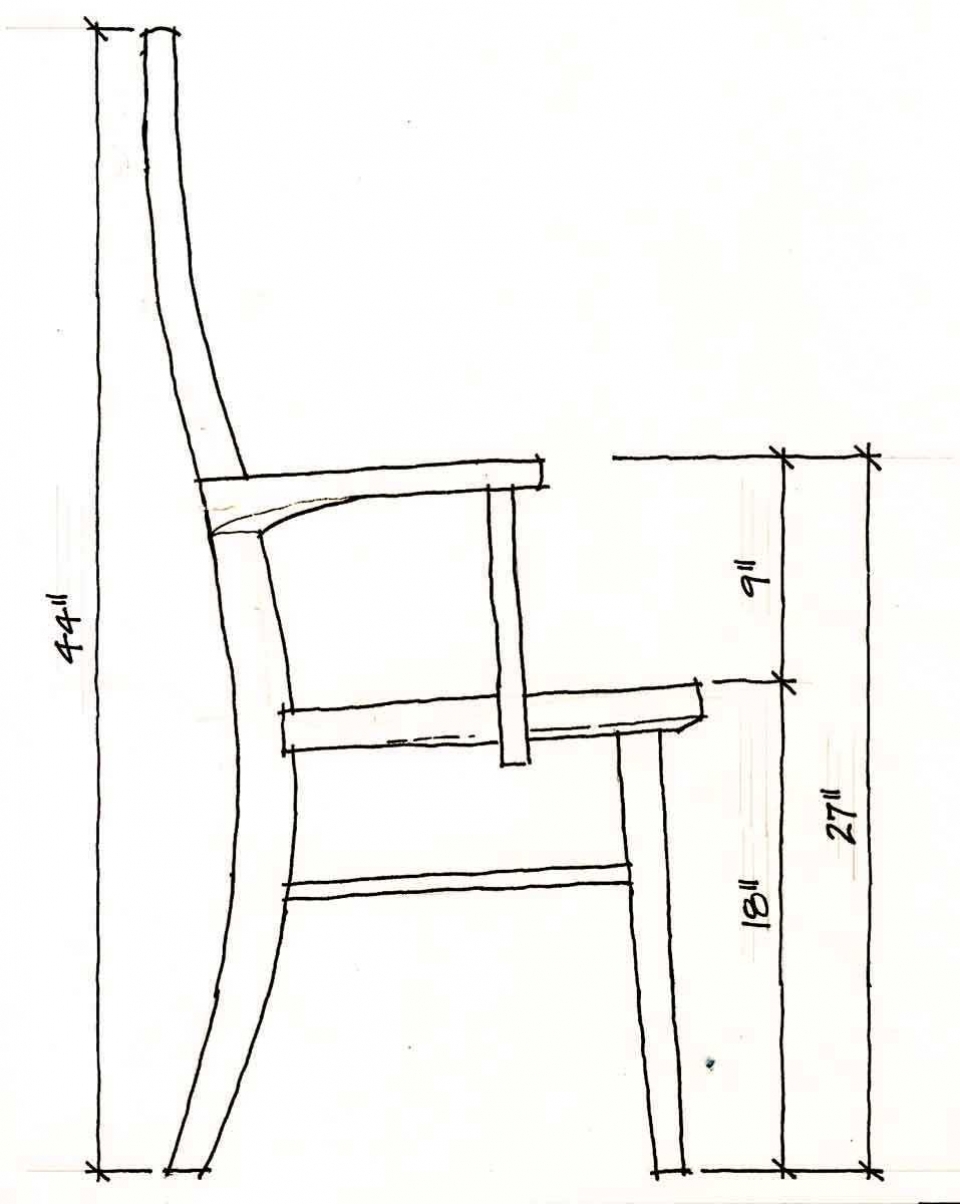

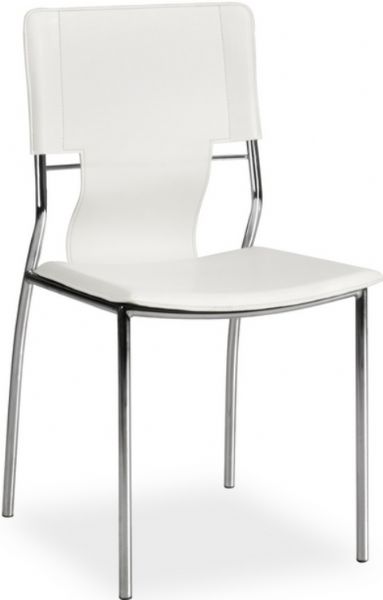



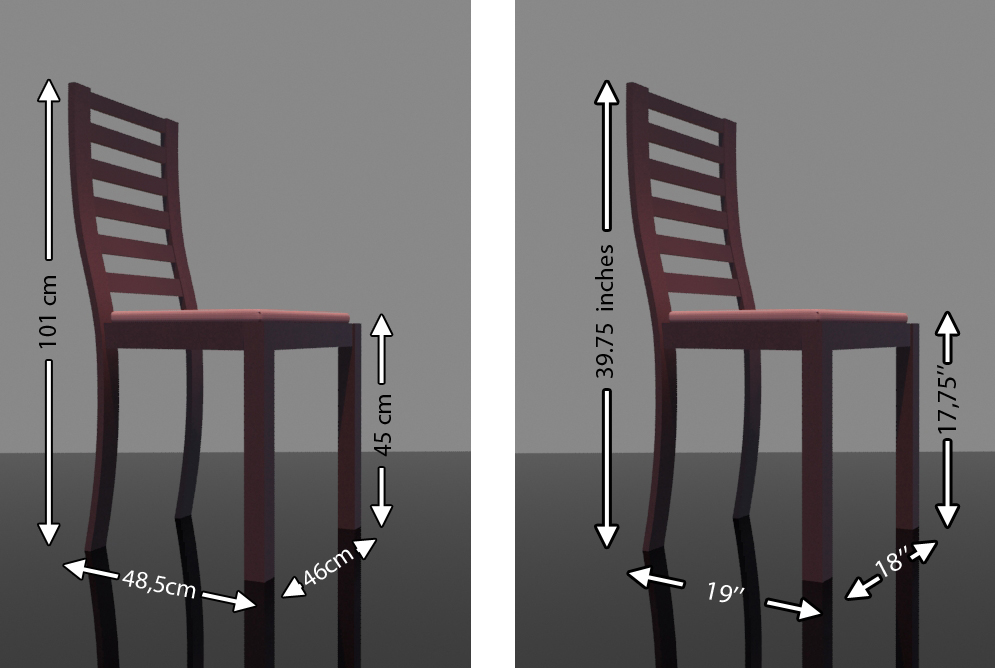

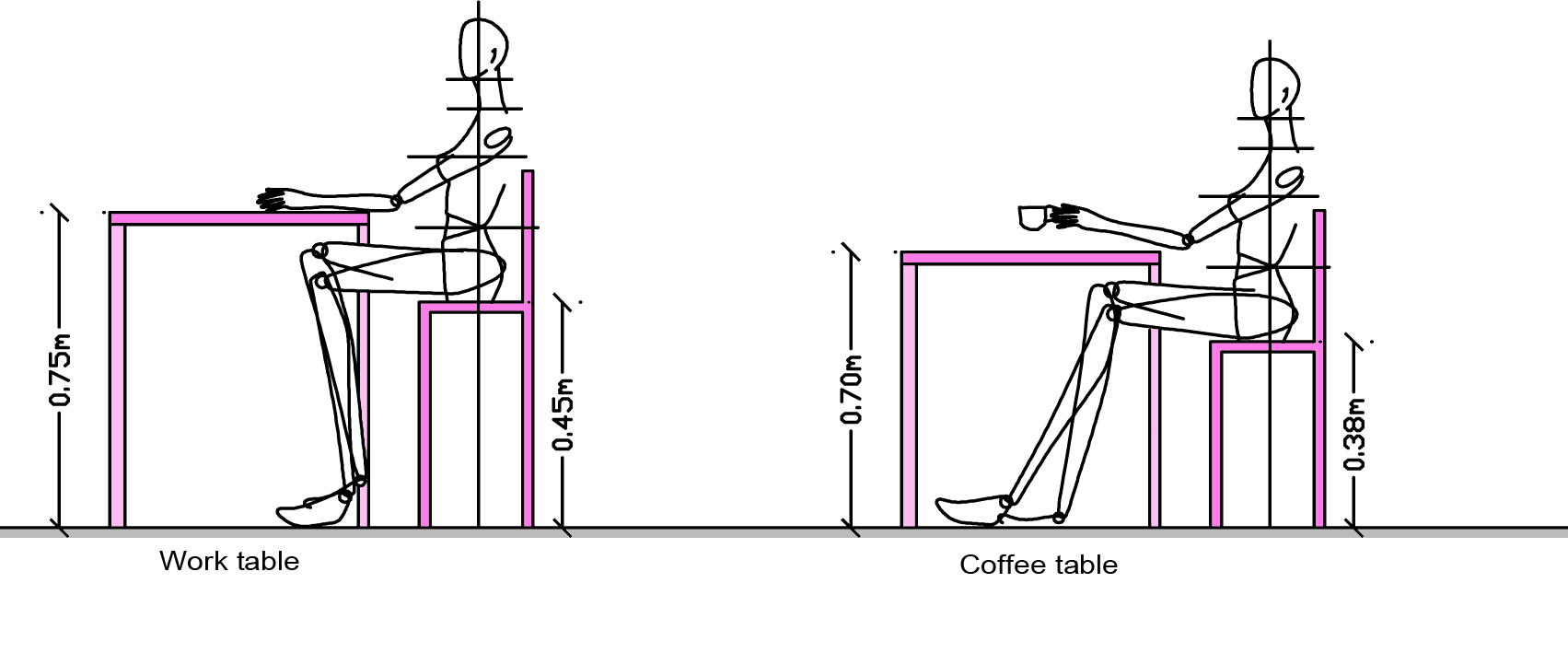


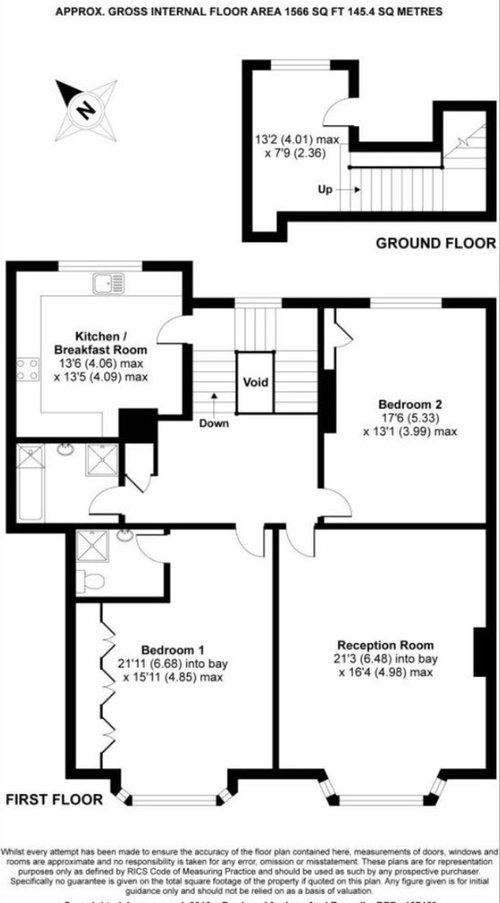

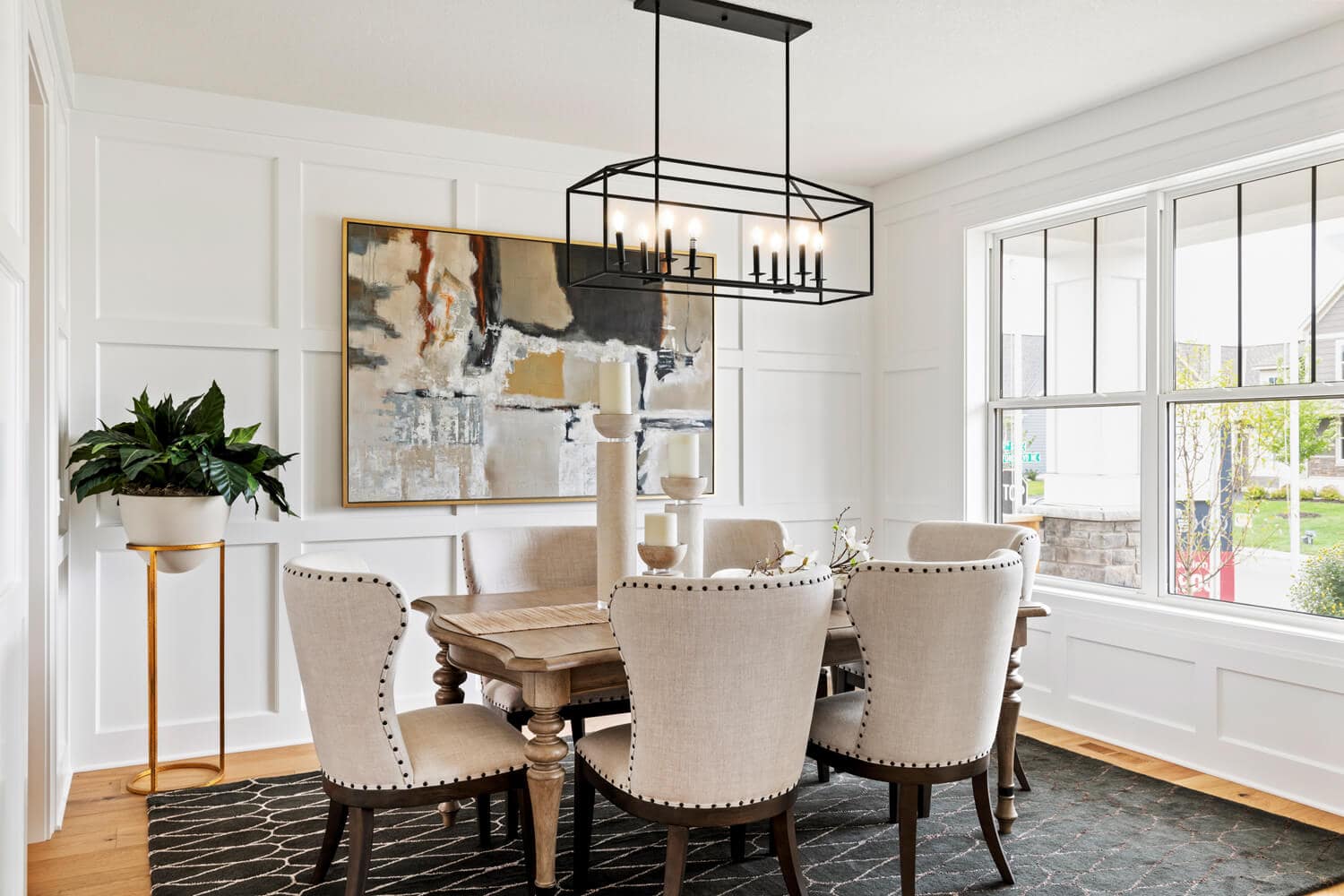
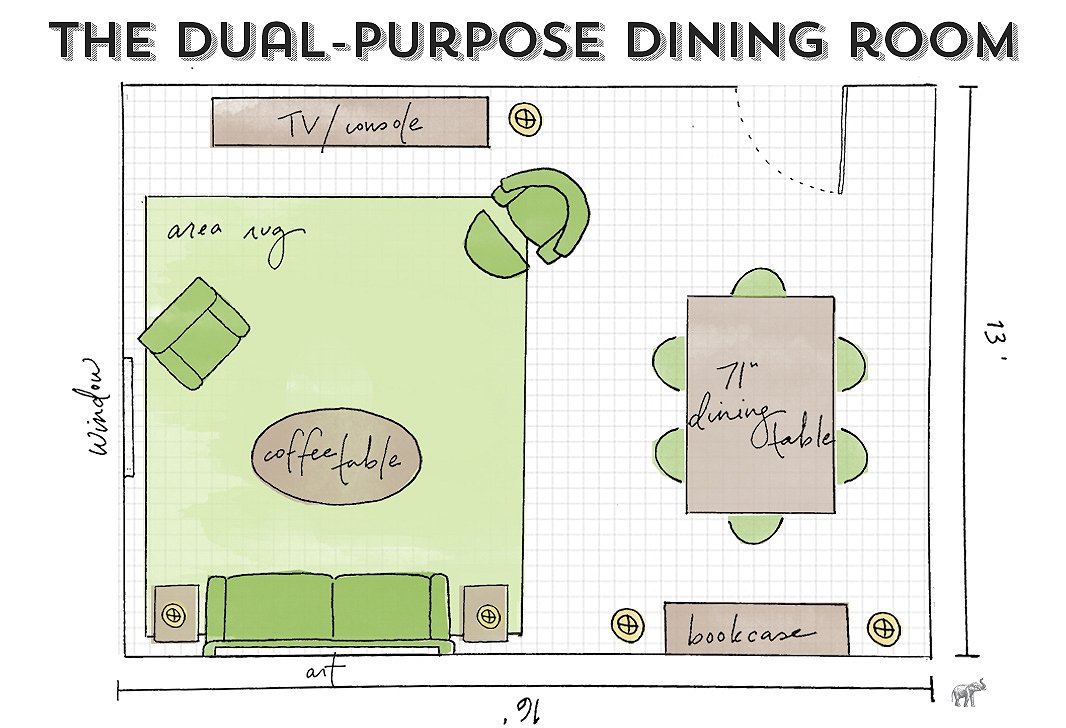
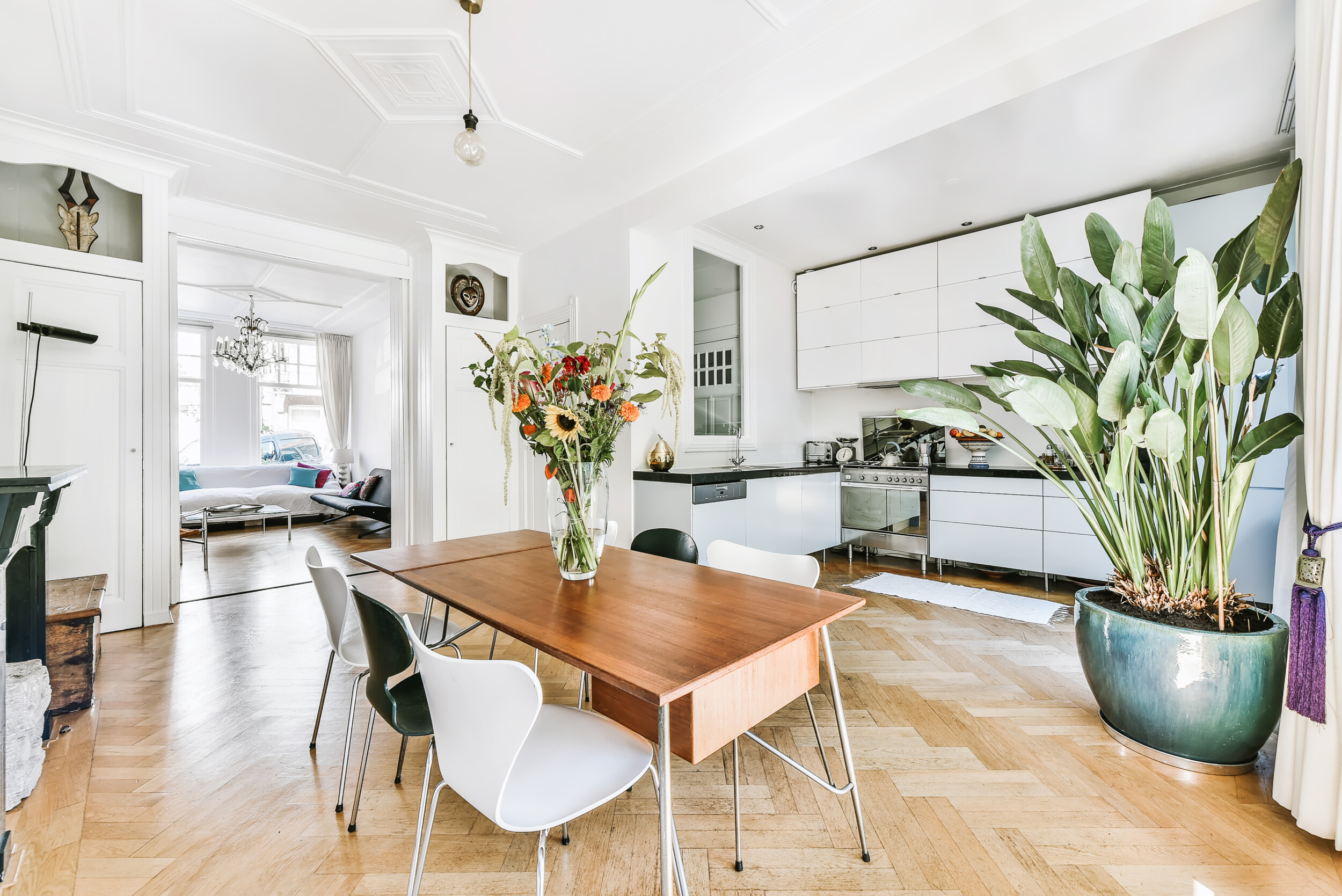
/cdn.cliqueinc.com__cache__posts__219707__how-to-actually-lay-out-an-open-floor-plan-219707-1490300636-fb.700x0c-51bdd00c5e834d329cd0502c11de7228.jpg)

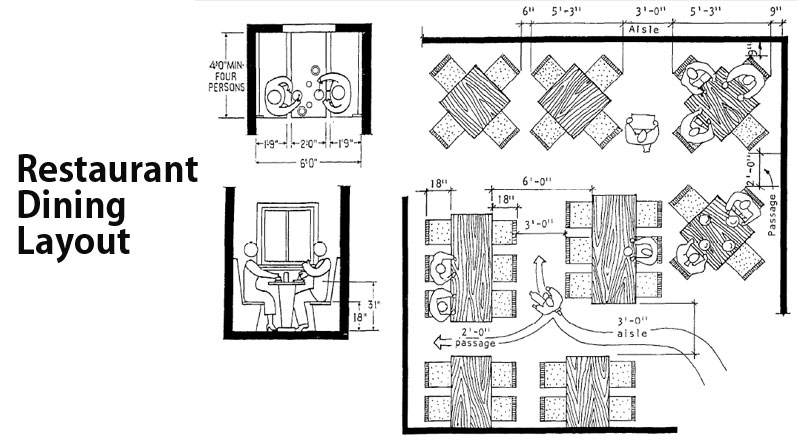
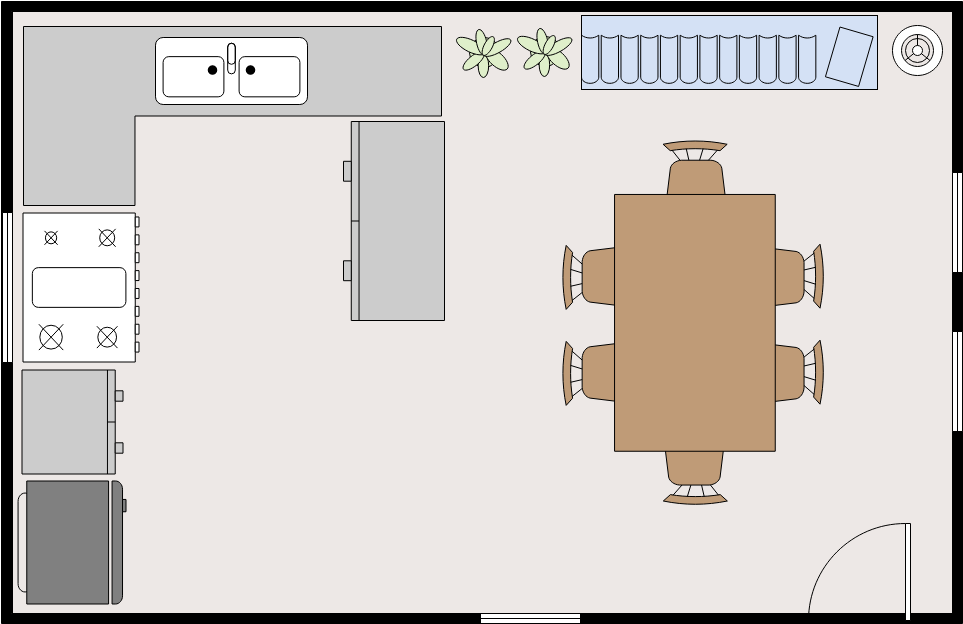




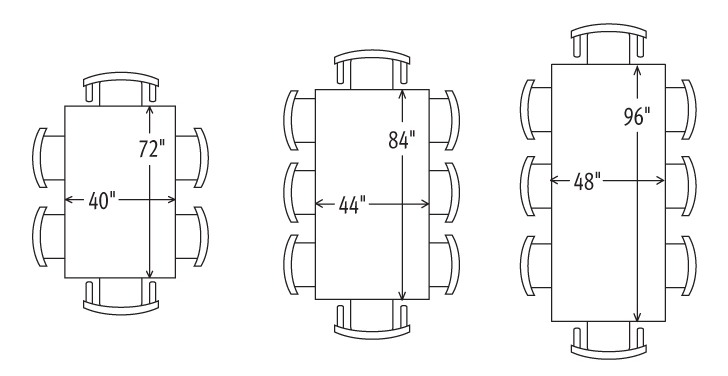
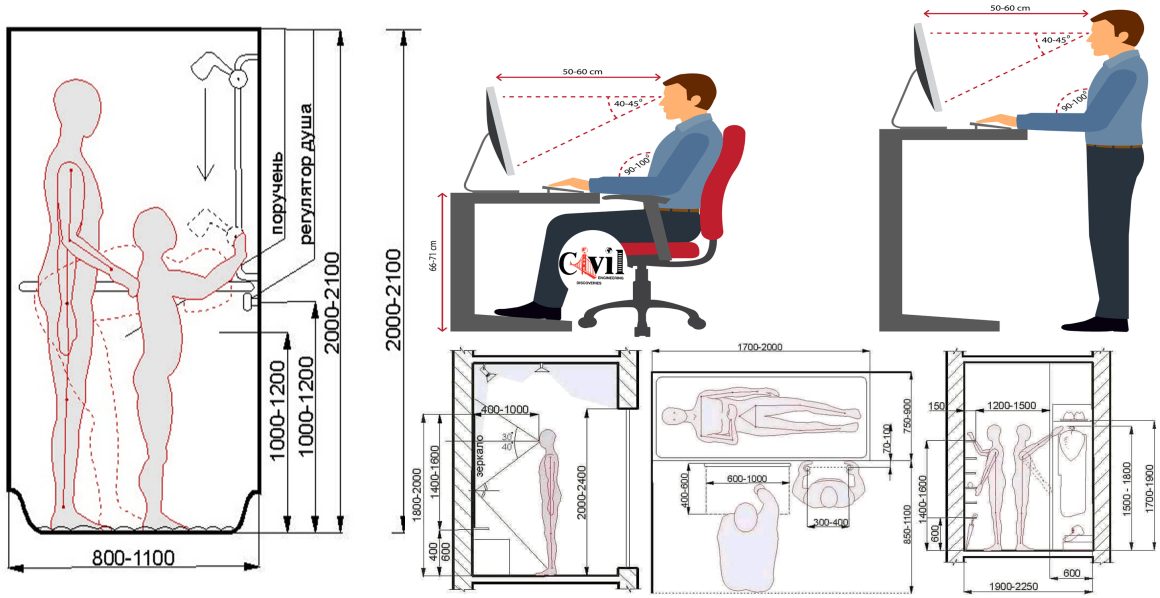
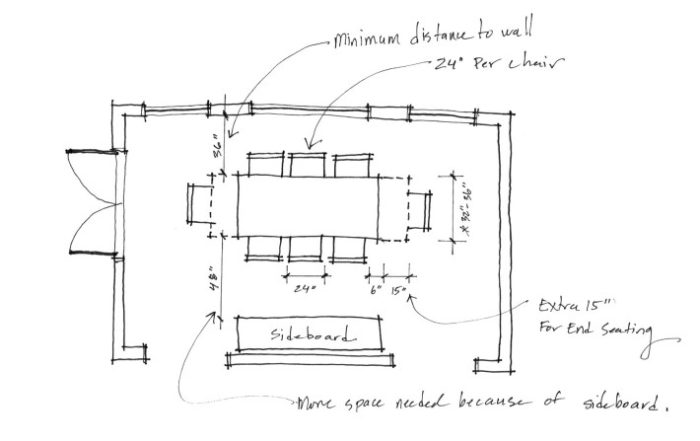

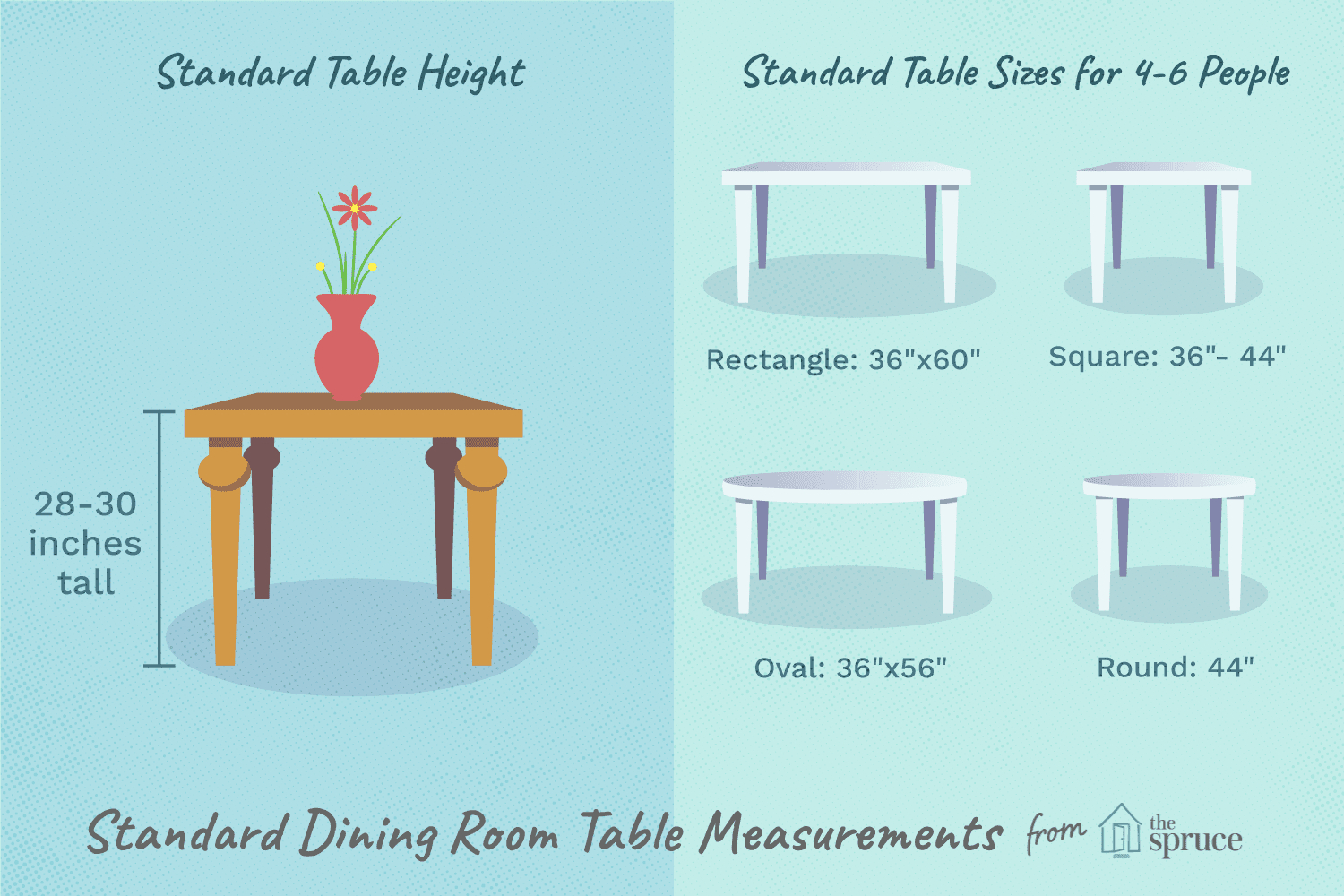

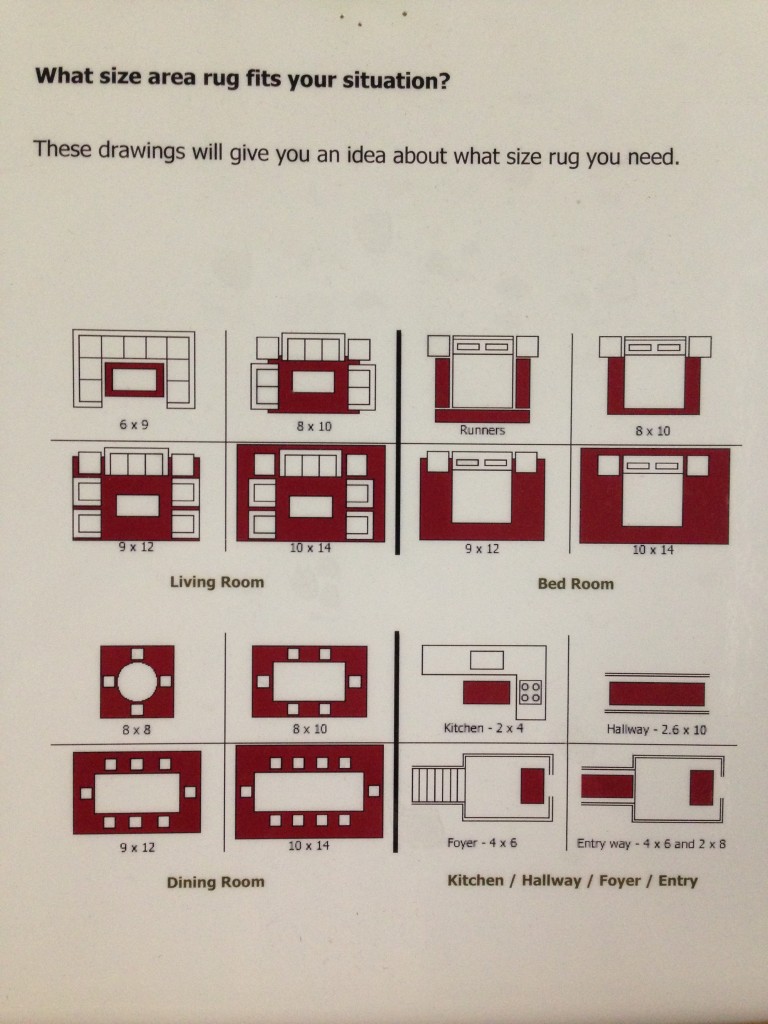

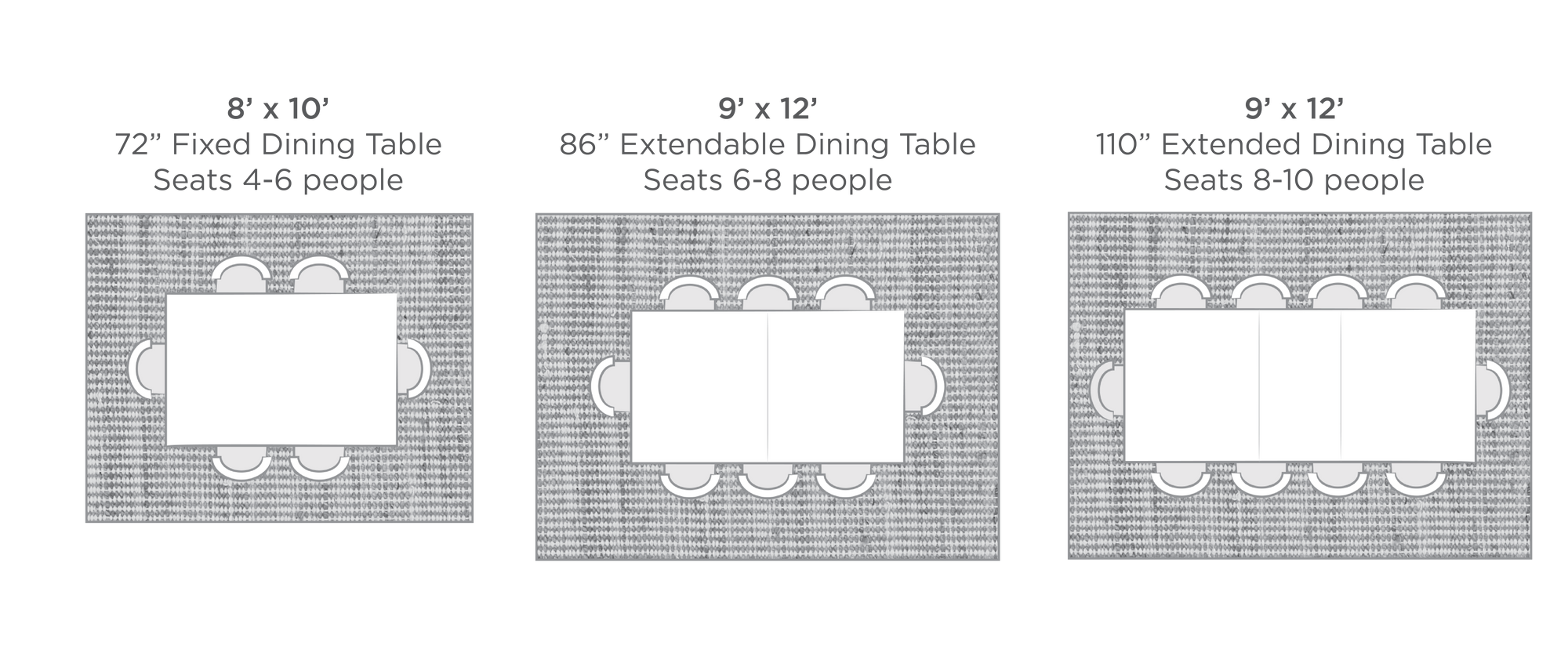
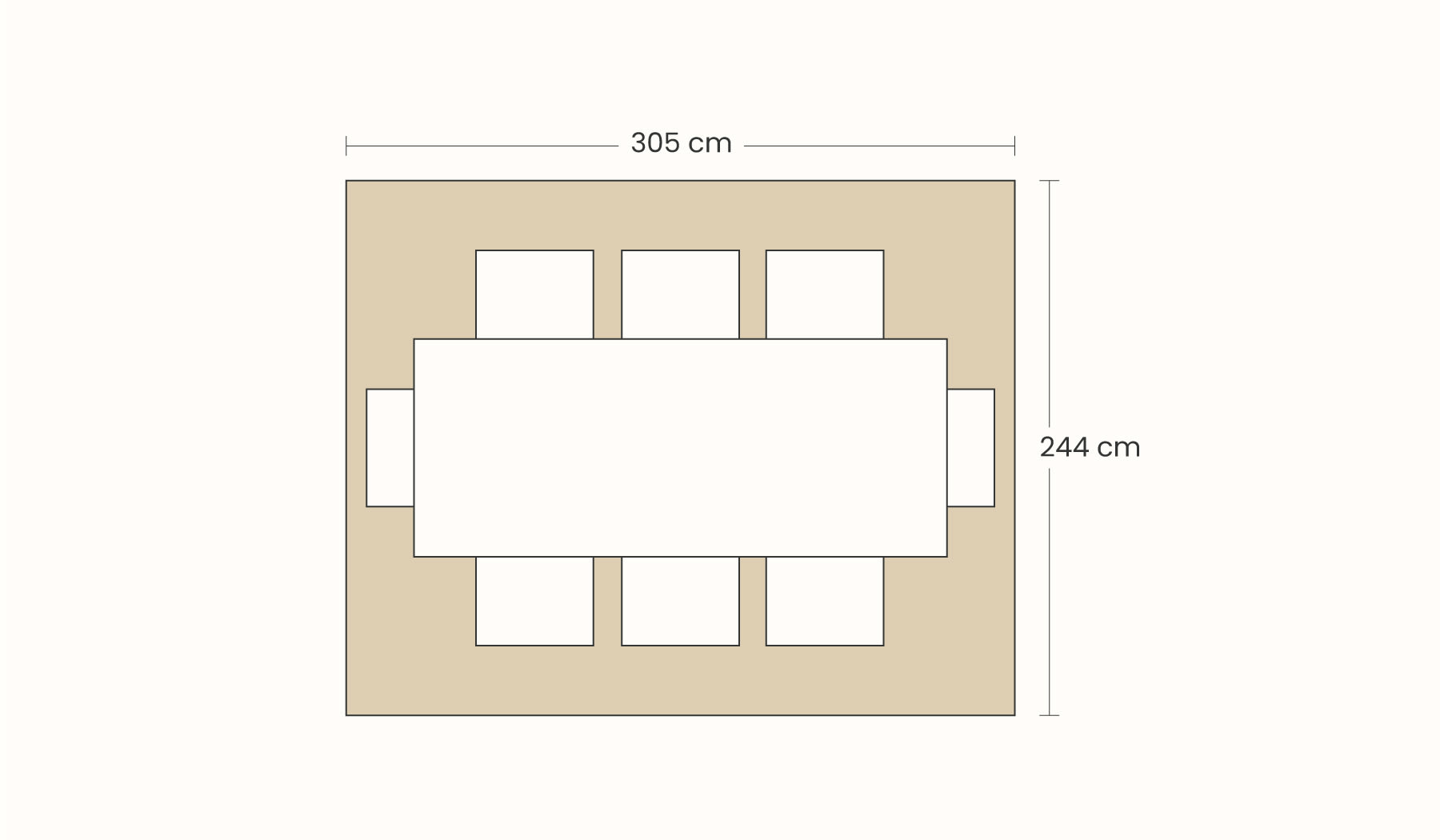
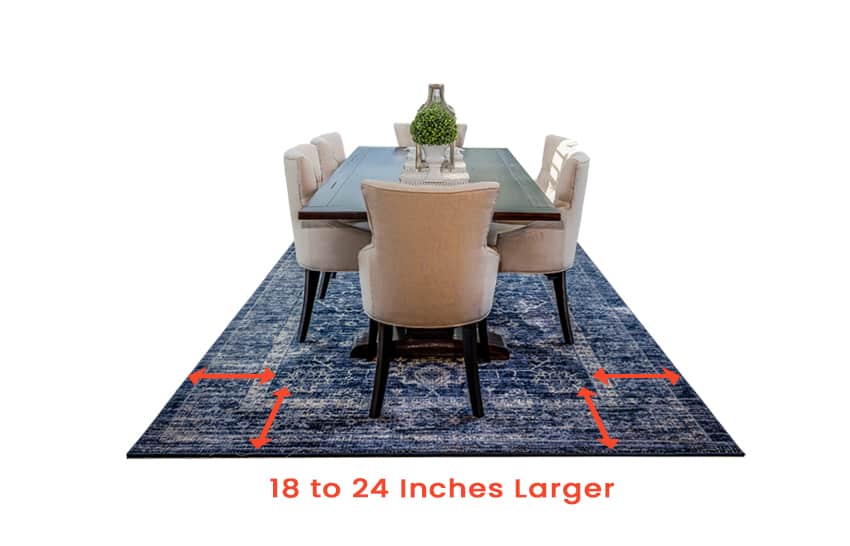

:max_bytes(150000):strip_icc()/DiningRoomwithRug-3034f93d3a964cc8b9ba8b690bebddfb.jpg)
